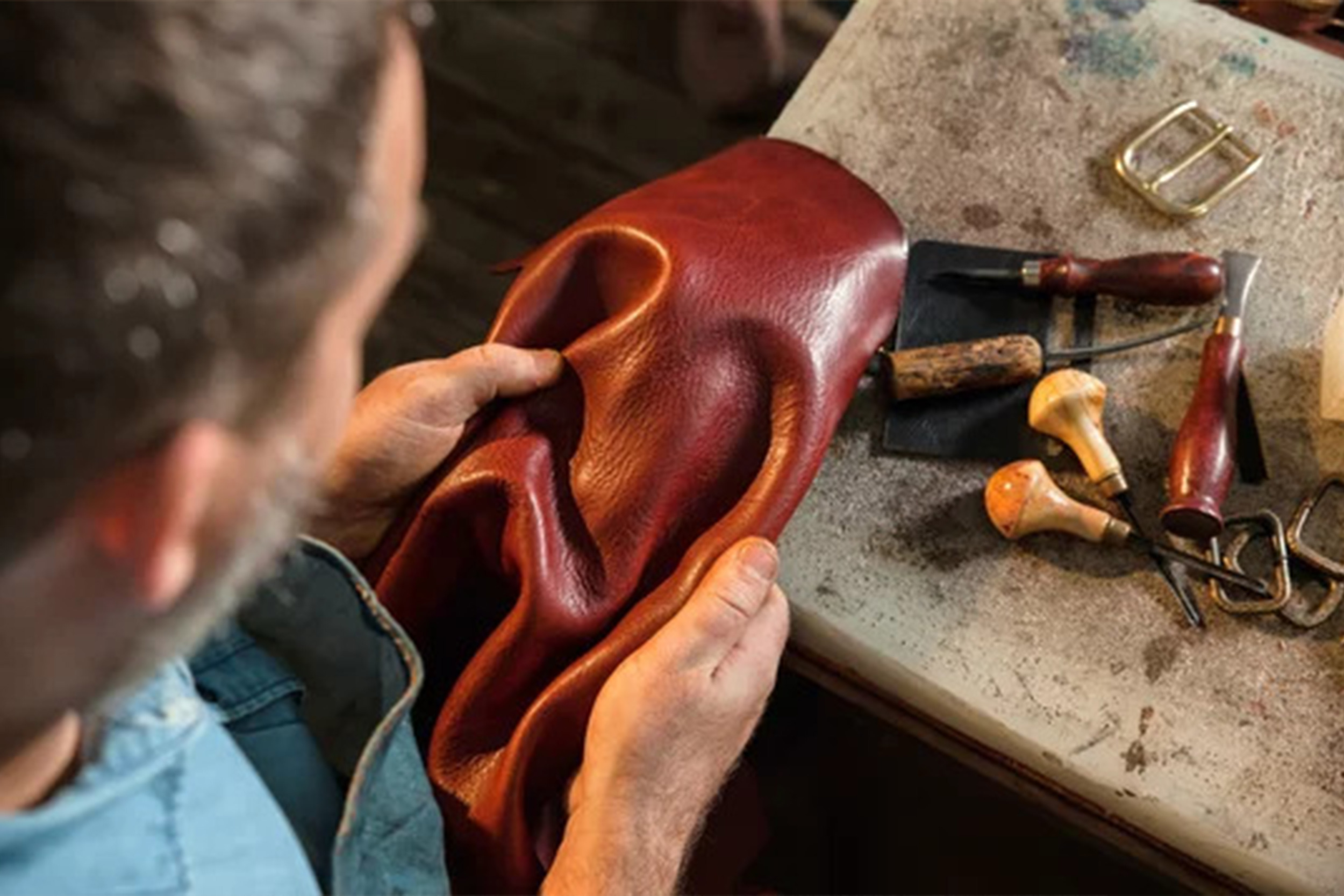Sustainable Leather: Exploring Eco-Friendly Practices and Alternatives

In an era where sustainability is a key consideration for consumers and industries alike, the leather industry is undergoing a transformation to align with eco-friendly practices. As environmental consciousness rises, exploring sustainable leather production methods and alternatives becomes essential to reduce the industry's ecological footprint.
Challenges of Traditional Leather Production: Traditional leather production involves significant water consumption, chemical usage, and waste generation. Chromium tanning, one of the most common methods, produces toxic waste that can pollute waterways and harm ecosystems. Furthermore, livestock farming for leather can contribute to deforestation, greenhouse gas emissions, and water scarcity.
Eco-Friendly Leather Production: Fortunately, there are more sustainable methods emerging within the leather industry. Vegetable tanning, as mentioned earlier, uses plant-based tannins to transform raw hides into leather. This process is not only environmentally friendly but also results in unique textures and colors. Additionally, water-based dyes and non-toxic finishes are being developed to reduce chemical pollution.
Alternative Materials: For those who seek leather-like products without using animal hides, innovative alternatives are gaining traction. Lab-grown or cultured leather involves growing cells in a controlled environment to create material with the look and feel of traditional leather, without the environmental impact of livestock farming. Plant-based materials such as mushroom leather and pineapple leather offer eco-friendly alternatives with minimal resource usage.
Consumer Awareness and Choices: As consumers become more informed about the environmental impact of their choices, the demand for sustainable leather and alternatives is on the rise. Supporting brands that prioritize ethical sourcing, responsible manufacturing, and transparency in their supply chain can drive positive change within the industry.
Conclusion: The leather industry's shift towards sustainability is a step in the right direction, reflecting the growing importance of environmentally conscious practices. Whether through innovative production methods or the adoption of alternative materials, the quest for eco-friendly leather options holds promise for reducing the industry's ecological footprint and creating a more responsible and sustainable future. As consumers, our choices play a crucial role in encouraging this transformation and fostering positive change.





